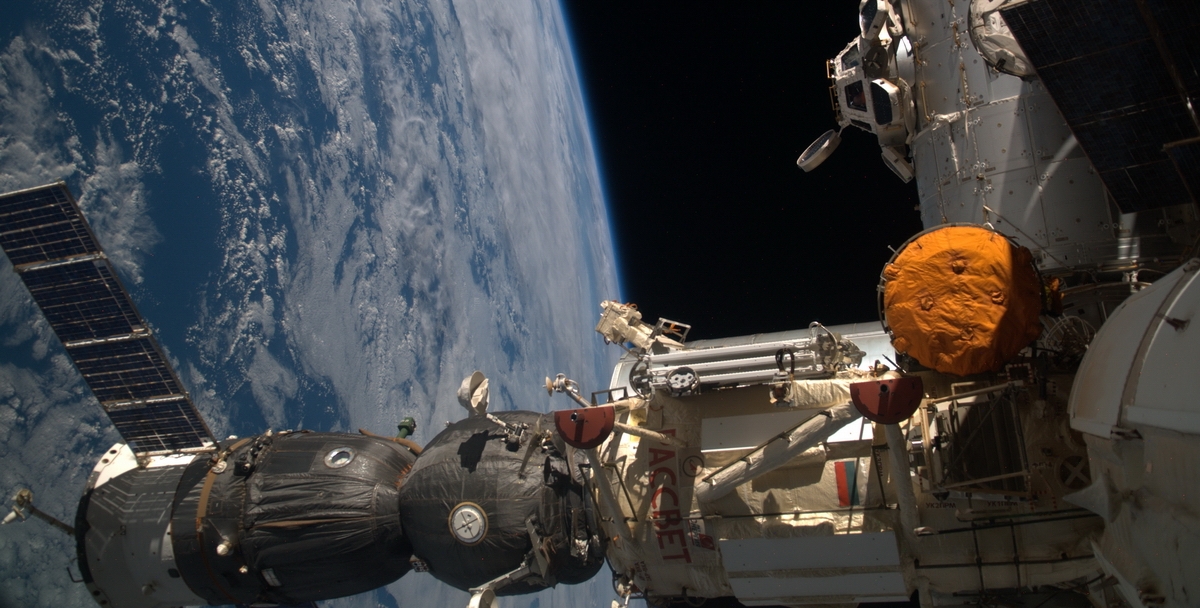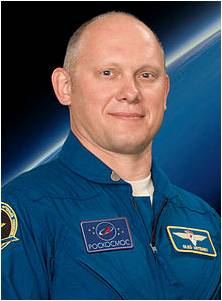How to send a letter to the ISS by April 12

“The orbital gallery of Anton Shkaplerov and Anatoly Ivanishin”: Soyuz TMA-03M TPK, Rassvet MIM1, Dome Module, ISS
For at least another few years, the ISS will fly. The life of the plant is not endless and the United States is already considering the possibility of ending the financing of the project after 2024. S7 is ready to take the Russian part of the station in concession as early as 2022. But what exactly happens to the station, now nobody knows; for the time being, the ISS crews are working normally.
"Normal mode" means that there is life at the station, including network. In one of the many posts about life in earth orbit, you could learn that astronauts go online via satellite, the satellite transmits a signal to Houston, in Houston there is a firewall that checks all requests from the station and back. Mail works in a similar way: the crew member uses the address that is checked in the MCC.
')
In general terms, it is clear how the ISS get on a regular web. But does the connection work in the opposite direction? We have set up a channel through which anyone can send a message to astronauts.
For the Day of Cosmonautics, Mail.Ru Mail, together with Roscosmos, opened a project to send messages to the crew of the ISS-55. You can write cosmonauts about anything — congratulate you on your professional holiday, ask questions, send wishes. You need to prepare and send the letter before April 11 inclusive. On the ISS, your message will be read by Anton Shkaplerov and Oleg Artemyev.

Anton Nikolaevich Shkaplerov - test cosmonaut-tester of the Roscosmos cosmonaut detachment. This is the third flight of Anton to the International Space Station. He twice went into outer space and recently set a Russian record, having worked outside the ISS for 8 hours and 12 minutes!

Artemyev Oleg Germanovich - test cosmonaut of the 3rd class. He participated in the Mars-500 experiment on simulating a space flight to Mars: in the 14-day technical and 105-day preparatory stages. Oleg's first flight lasted 169 days, and after 4 years he returned to orbit. In a few months, he will already have three spacewalks.
The astronauts will determine the best letters and prepare a video response, which will be posted on the project website on Cosmonautics Day. Tip: the answers to all the simple questions, most likely, can already be found on the net. What then to ask?
As part of the Russian part of the expedition program, about 60 different scientific studies are planned. Among the most interesting experiments are BTN-Neutron on the study of fast and thermal neutron fluxes, monitoring of the Dubrava forest ecosystems, working out the ground-space forecasting system, reducing damage and eliminating the consequences of natural and man-made disasters Uragan, studying the radiation situation on the highway flight and in the compartments of the station "Matryoshka-R".
Any question on the above topics may well be considered relevant. However, it is easy to choose something of your own or take interest in research topics in the American segment of the station - at least on this expedition you should study the effect of microgravity on the bone marrow to predict human health during long-distance space flights.
Source: https://habr.com/ru/post/374407/
All Articles